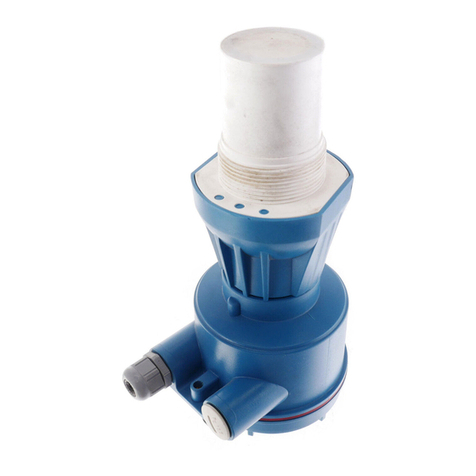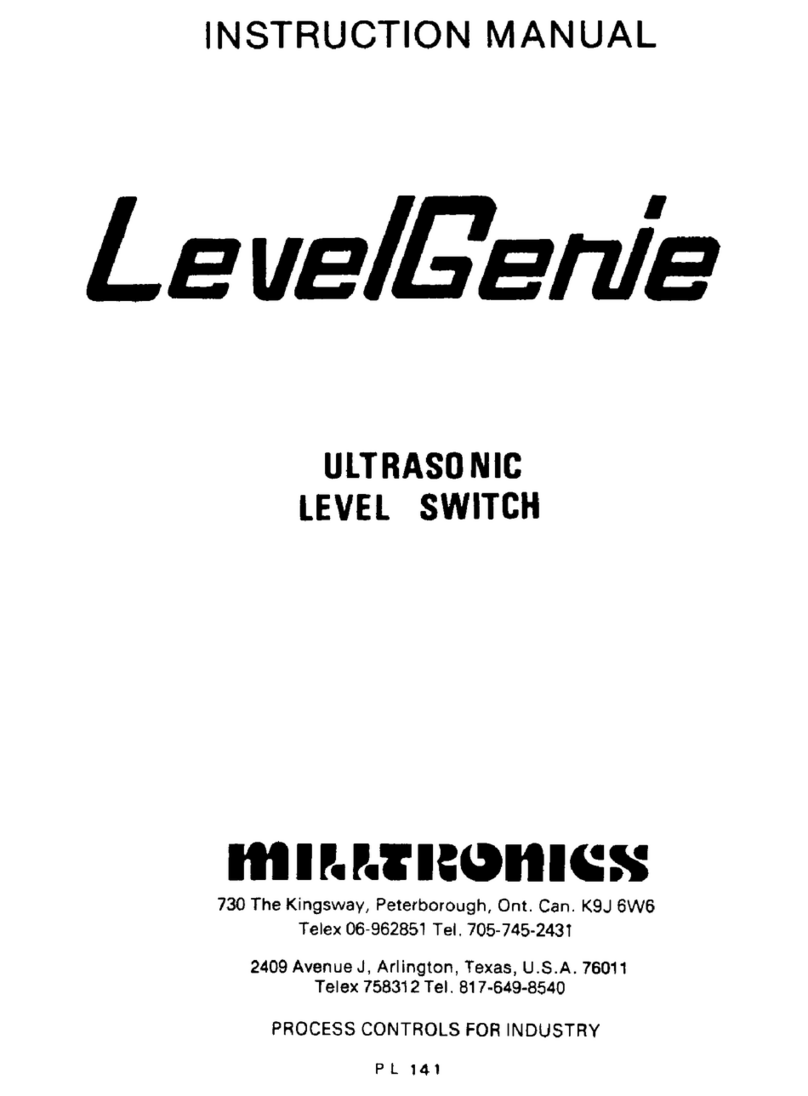
PL-577 Pointek CLS 300 Page 3
Table of Contents
About Pointek CLS 300 ........................................................................5
Pointek CLS 300 Outputs ................................................................5
Pointek CLS 300 Features...............................................................5
Pointek CLS 300 Applications .........................................................5
Specifications .......................................................................................7
Installation...........................................................................................11
Location.........................................................................................11
Configuration and Dimensions..........................................................13
Standard Version...........................................................................14
High Temperature Version.............................................................15
Ceramic Active Shield Insulator.....................................................16
Thermal Isolator.............................................................................16
Rod Version...................................................................................16
Changing the Probe’s Length ........................................................17
Cable....................................................................................................19
Cable Tensile Strength ..................................................................20
Cable Weights ...............................................................................20
Shortening the Cable.....................................................................20
Mounting..............................................................................................21
Multiple units..................................................................................21
Wall Restriction..............................................................................21
Process Concerns .........................................................................22
Interconnection...................................................................................23
Trip Amplifier .................................................................................23
Relay Output Connection...............................................................24
Solid State Switch..........................................................................24
Diode Protection ............................................................................24
Ancillary 2-Wire Output Connection...............................................25
Power Connection (3 or 4 wire connection)...................................25
Operation.............................................................................................27
Set Up............................................................................................27
Start Up .........................................................................................28
Alarm Output .................................................................................29
Troubleshooting .................................................................................31
Maintenance ........................................................................................32
Appendix I: Application Notes...........................................................33
Application Notes...........................................................................33
Appendix II: CE Conformity ...............................................................34
Index ....................................................................................................36






























